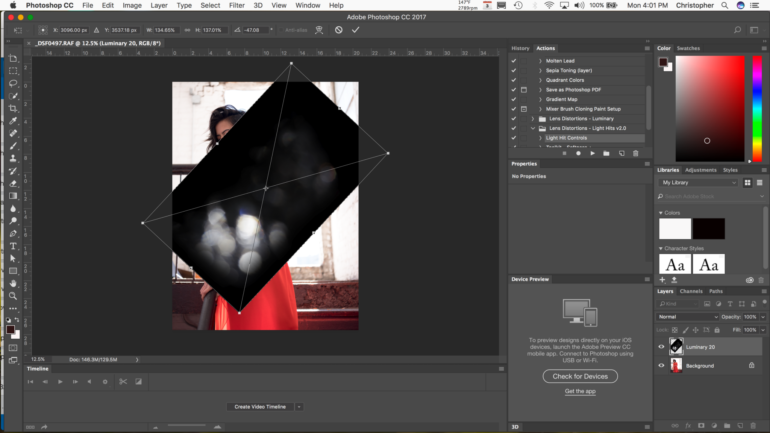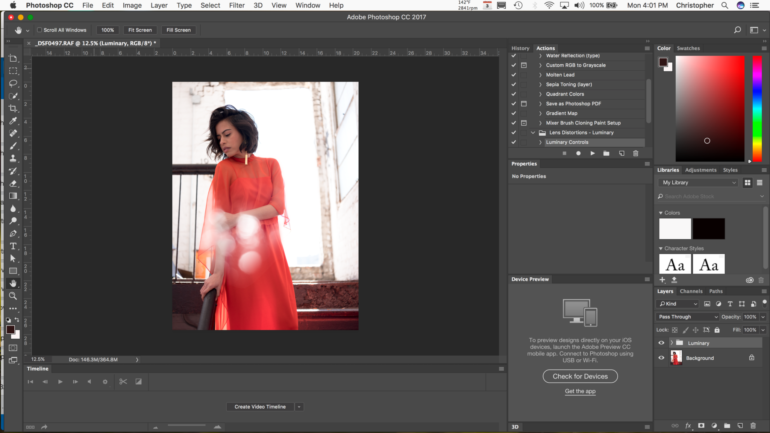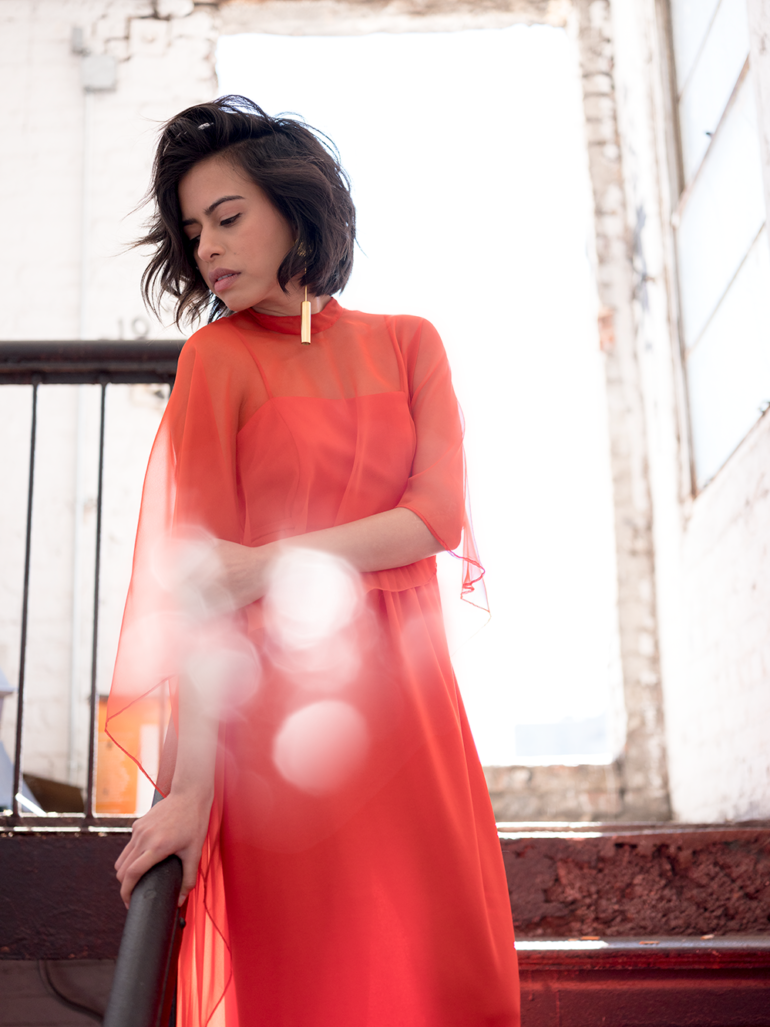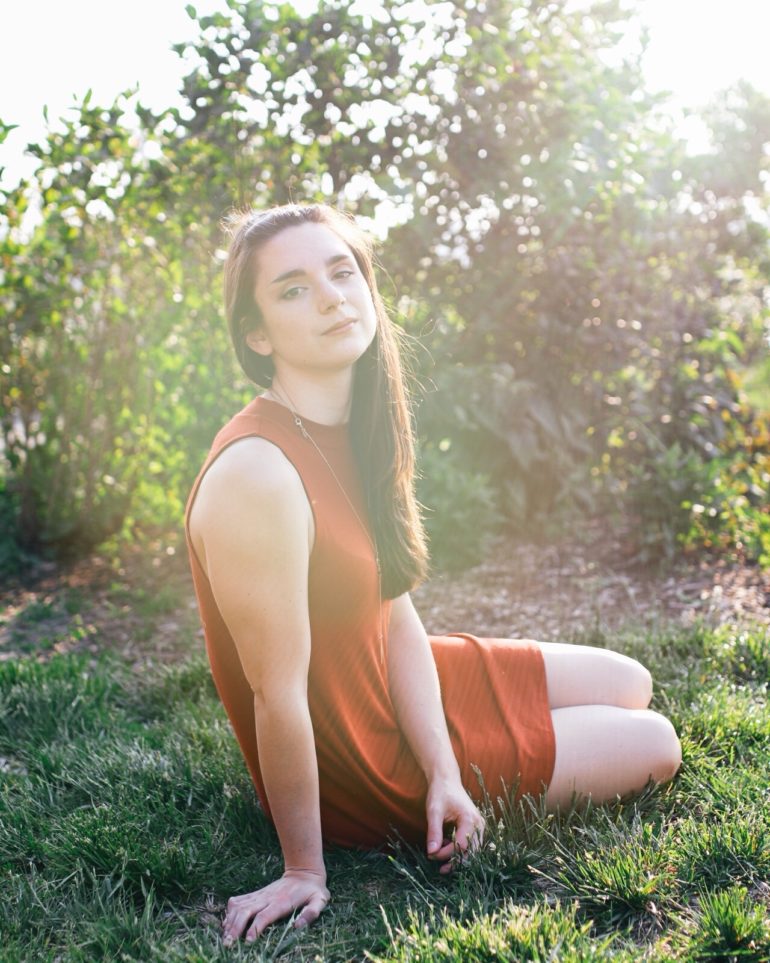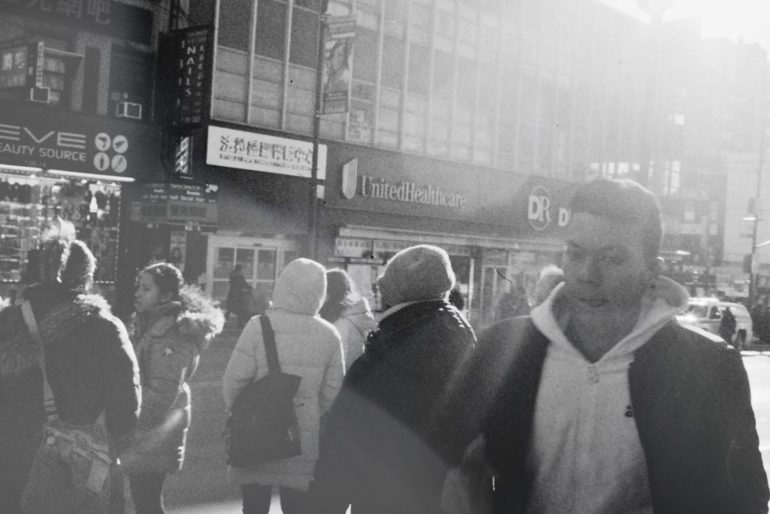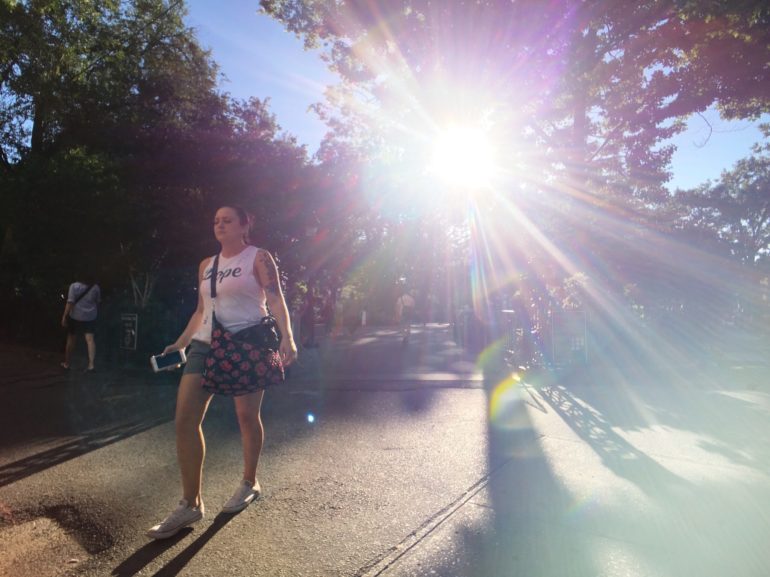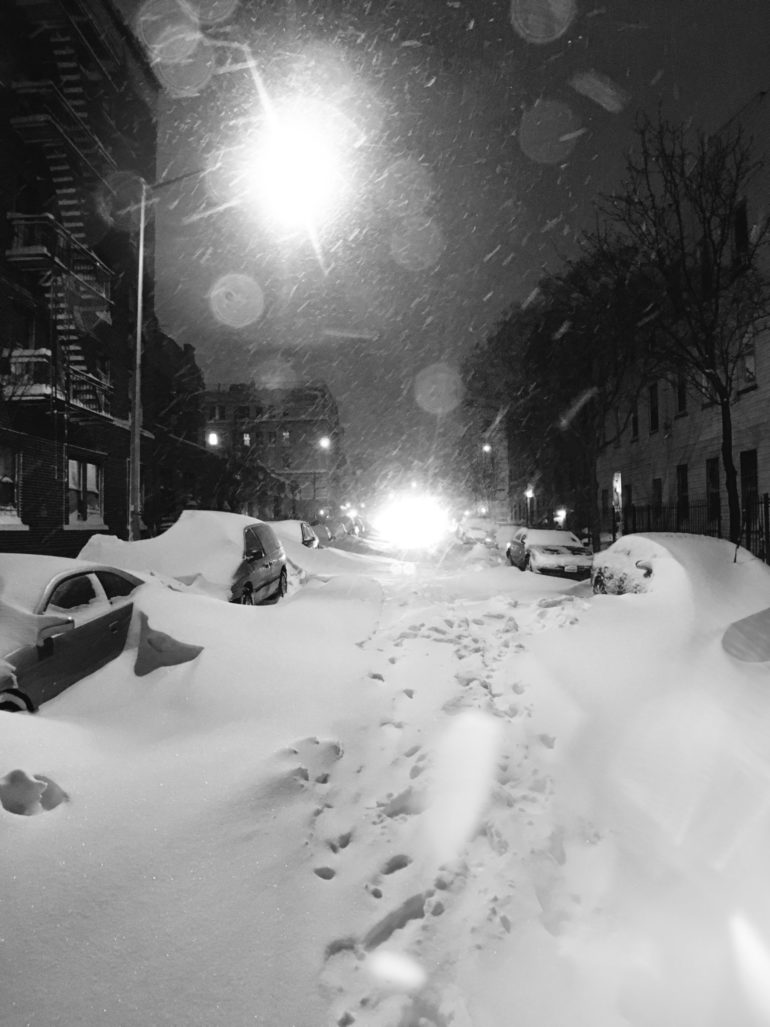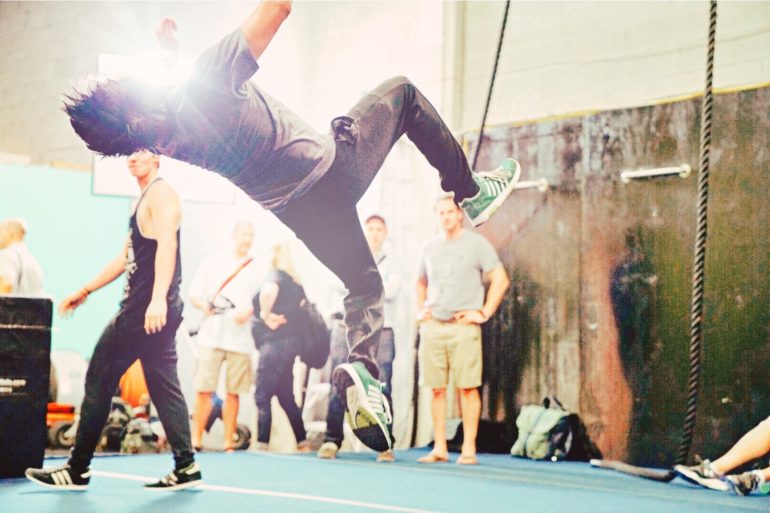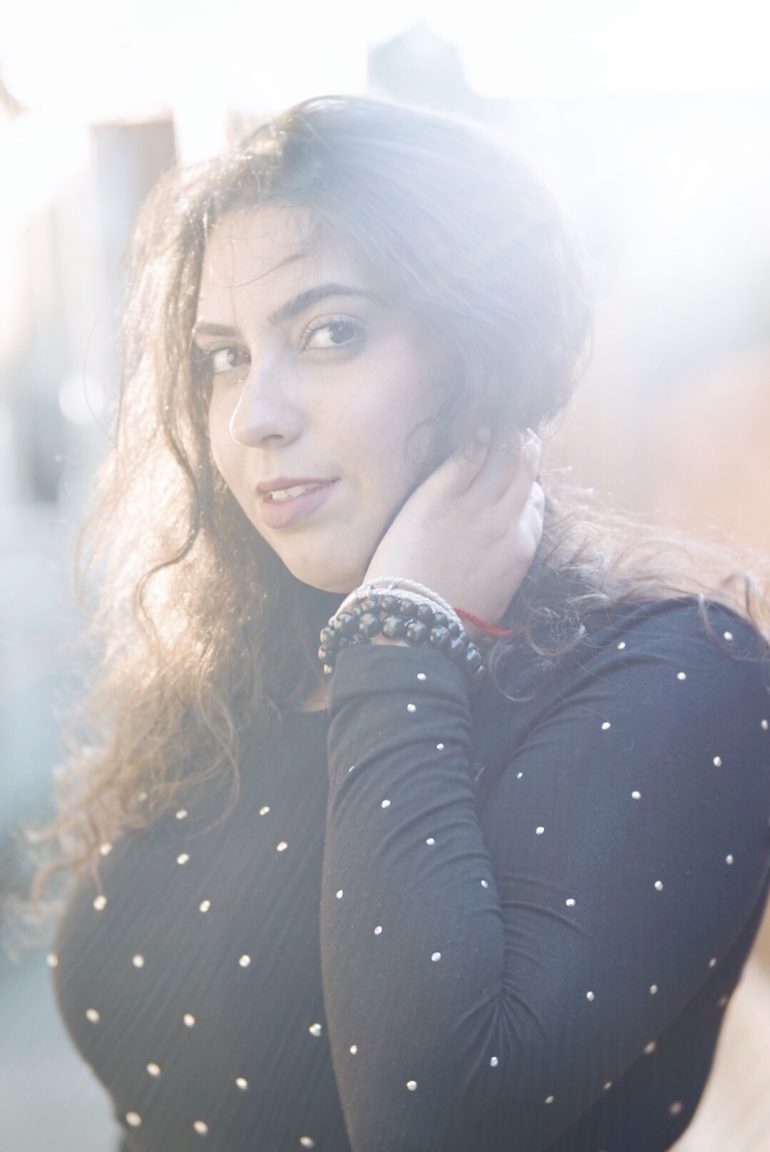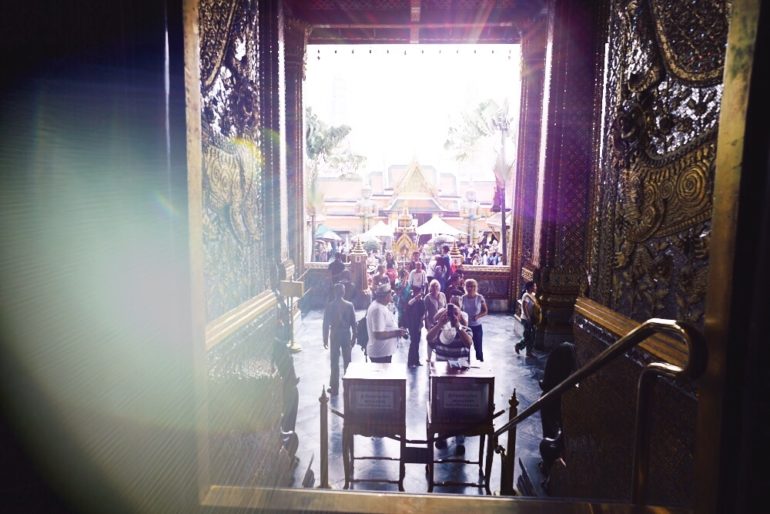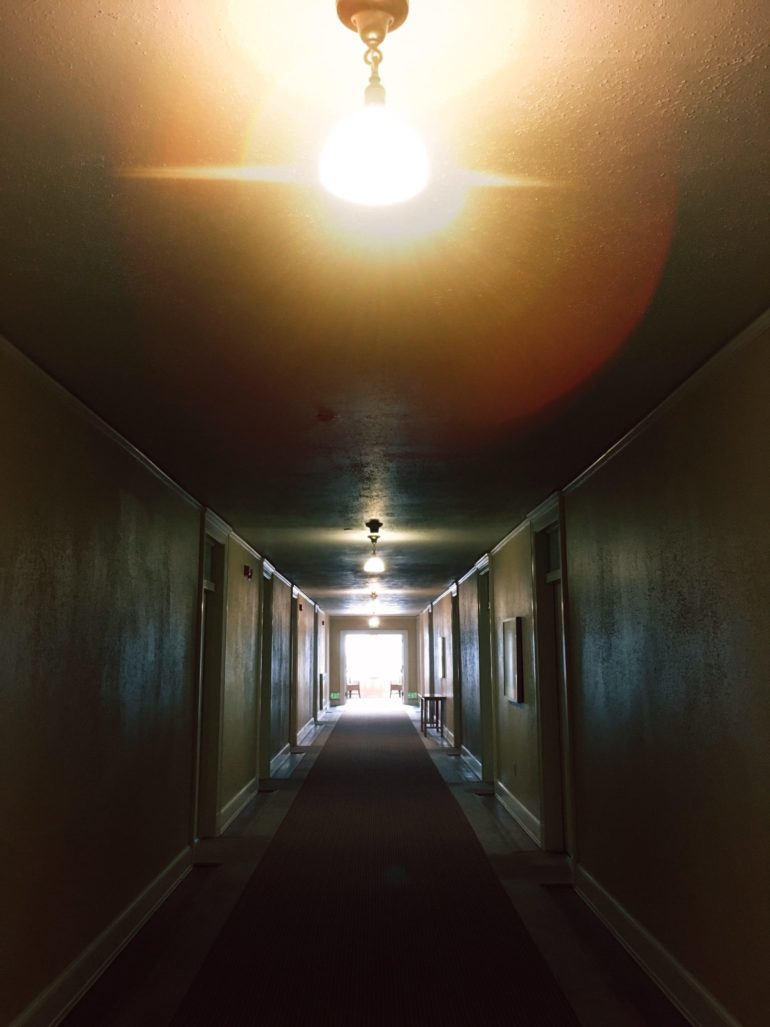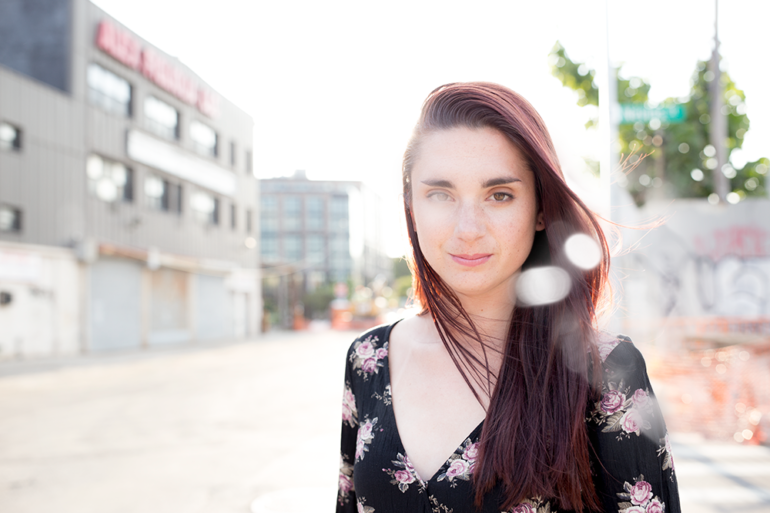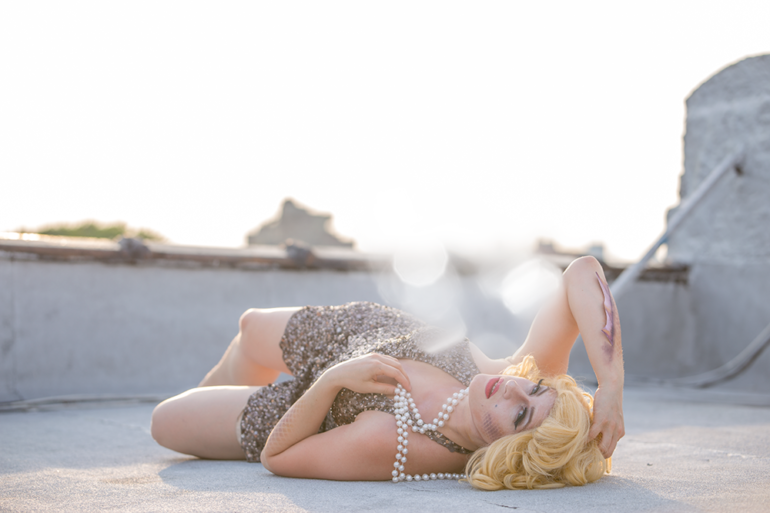Last Updated on 08/10/2017 by Chris Gampat
Lens Distortions arguably solves the problems I've been having with photography for a while now: a clinically engineered lack of character into lenses that results in a sterile image which therefore doesn't make me want to purchase a product. That's a mouthful for sure, but it's true. While many photographers these days would prefer a clinically clean look where they can then add in their own modifications to the image in post, I'm not like that. There's a generation of photographers that truthfully don't like sitting down at computers because we do everything on a tablet or a phone instead. And for those photographers on both sides of the line, Lens Distortions makes a lot of sense.
Features

For this review, I've been working with the Photoshop effects and the mobile app. Each of those hyperlinked websites will give you more information. I've been experimenting with the Master Bundle for a while now.
There are a number of different distortions you can work with. Light Hits are basically what you may see when looking through a viewfinder. Luminary shows off reflections while Legacy takes vintage glass, copies its effects and brings it into photoshop or the app for you. Then there are things like shimmer, which can be incredibly magical. The lead image of this story was done using the shimmer effect. Each of the effects are available in higher resolution PNGs if you need or wish.
Want an anamorphic flare effect? Well you can get it to a degree with Lens Distortions. What about just lens flare? Sure, you can bring it back. What about haze of some sort? Yup, it's got that if you're crafty enough to work with it.
Ease of Use
When working with an image in Photoshop, the editing process is fairly straight forward, but this naturally depends on how much Photoshop experience you have. Basically, you'll import the actions into Photoshop. Then you open up your finder, take an effect and drag it into Photoshop. From there you position it to just the right way. Sometimes you'll want to flip something around or invert it in some way. Now's the best time to do that. When you're done, you confirm. After that you choose the appropriate Photoshop action from your Lens Distortions pack, and then click play.
Providing you've done that right, you'll get an effect like this. But before you even confirm anything, you can change up the colors, hues, etc. of the effects beforehand. I personally like going for the more naturalized looks these days because they tend to complement the way I shoot. As you saw in the case of shimmer though, a lot more can be done.
iOS and Photoshop: Differences?
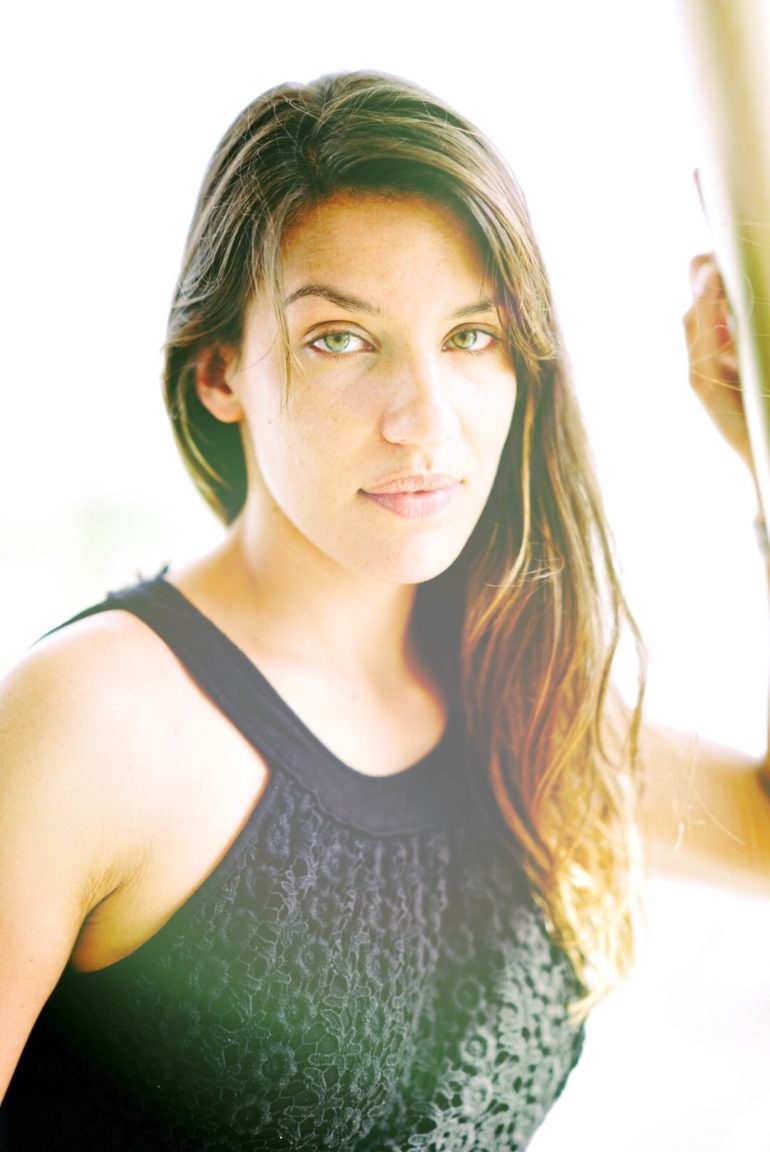
Before I go on, I'll let you swoon over Chelsea Northrup for a while. Go ahead. Swoon as hard as you'd like. You know you want to catch her and Tony on YouTube.
You good?
No?
Okay.
You good now?
Alright. Let's get back to the review. Both of these images of Chelsea and Erica were done using Lens Distortions, using similar filters.
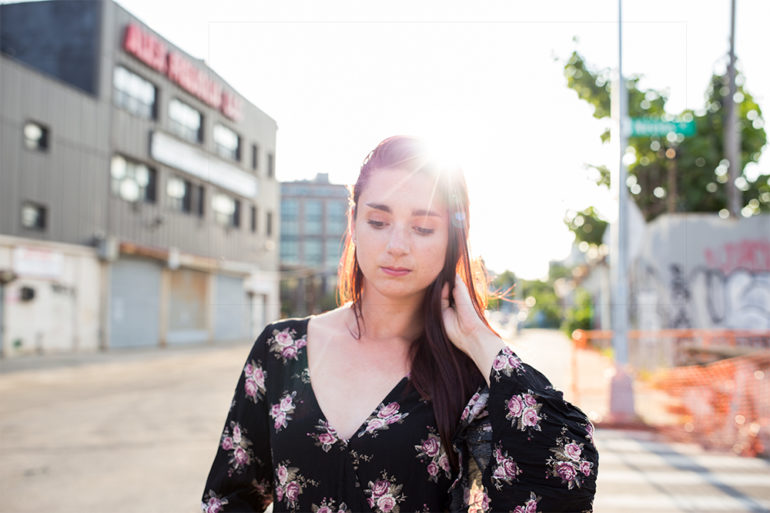
For what it's worth, they're both very capable of producing incredibly high quality images. With iOS, you need to ensure that your camera ports the images to your phone as a high res file. Otherwise, it will be difficult to really justify the quality. With Photoshop, you just go ahead and edit a RAW file.
If you're looking at the images both on a tablet or a phone, I'm pretty positive no one will be able to tell the differences unless they try to zoom into an image at 100%. But respectfully speaking, your clients most likely aren't going to do that. Only photographers do the absolutely stupid thing of always trying to zoom into an image at 100% just to see how sharp it is. With that said, it's not practical. But the presets and filters are all very high quality enough to look organic for most folks.
Image Quality
iOS
Photoshop
Conclusions
I'm a huge, huge fan of Lens Distortions. Personally, I like the ease of use and more intuitive nature of the app more so than the Photoshop version. However, I absolutely respect, appreciate and love what the Photoshop version is capable of doing. Where I think that Lens Distortions can improve is honestly with a bit more support. There are more options coming to Lightroom; but what I personally really want is for it to come to Capture One Pro. Lots of photographers who would indeed use Lens Distortions probably aren't in Lightroom as much due to the fact that many Lightroom users simply do basic adjustments and don't tune the colors anywhere as much as a C1 user would.
Please bring them to Capture One in some way or another!



